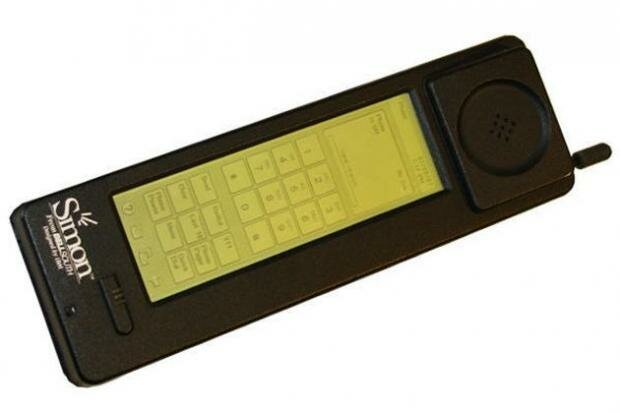The Future of SmartPhones

The first smartphone was introduced in 1994 the IBM Simon which we have featured here. Since then, smarthphone technology has grown more than a thousand folds. This means that after only around 20 years, smarthphones of today are more than a thousand times more capable than the first smartphone.
To give you a better picture of how far the smartphone technology has achieve, here’s a list of advancement of today’s smartphone compare to the first smartphone:
- IBM Simon CPU only has 1 core 16MHz chip, today’s average smartphone has 2-core running at around 1,200HMz(1.2GHz). That’s more than a thousand times faster. The story will also be different if you consider that the IBM Simon CPU runs at 16bit and most of our smartphone today are running in 32bit or 64bit.
- IBM Simon RAM is 1MB, today’s average smartphone has 1,000MB (1Gb). High end smartphone has 4Gb of RAM.
- IBM Simon ROM is 1MB non-expandable, today’s average smartphone has 4,000MB(4Gb) and expandable up to 32/64/128GB.
Those are just the few technologies that have gone so far. So what can we expect on the future smartphones? What will be the trends? We have listed some of the possible technology that we might see in the future on our smartphones.
- Display – The resolution of the display continues to increase. Some recent high end smartphone has a full HD 1080×1920 resolution. Although most of the smartphone have HD resolution or lower. We will expect to see the resolution to bump up in the next years. Samsung is currently working on a insane 11k smartphone screen. Why is that insane? At the moment yes, that is insane because the highest consumer TV resolution on the market as of this writing is only 4k resolution. Take note that 4k TV is not yet very common because it is still expensive at the moment. So why do they want to develop a 11k display? The best logical answer we can is the development of virtual reality using your smartphone. This technology is very new that only high end phones can run it smoothly.
- Processor – The processing power of smartphones are increasing every year. In 2011, the first smartphone to use dual was announced and it was LG Optimus 2x. After that, 64bit processors are beginning to take over. In 2013, Apple announced the first smartphone powered by 64bit processor. In the next years we will see more smartphone to have at least 8-cores and a big possibility to see a 16 core smartphones. Some report suggest that there will be a smartphone processor that will run in 5GHz clock but we are doubtful about it. Going higher than 3GHz clock speed is a big challenge especially on battery life. This may be possible but not it the near future.
- Camera – With the smartphones camera increased in resolution, an 8 megapixel camera is just typical these days. People these days are now looking into better quality pictures instead of higher resolution. Pixel wars is not the mainstream of mobile phone photography today. Manufacturers are now focusing on offering features other than higher megapixel camera. Dual lens camera technology might grow for mobile phone camera. This offers better details and better low light performance. Some mobile phone camera offers optical zoom rather than crappy digital zoom. Expect better low light performance and better autofocus smartphone camera in the future. 4k video will be the next standard resolution but that will be on the next 3yrs or so.
- Battery Life – Unfortunately this is the biggest problem that many engineers can’t solve at the moment unless there will be a breakthrough on battery technology. Battery consumption increases every time you increase the processor speed, screen resolution, or add features such as NFC, GPS and so on. So the improvements on the battery they make every time will always be eaten by the system upgrades.
Related Articles: Dual lens camera, The first smartphone.
